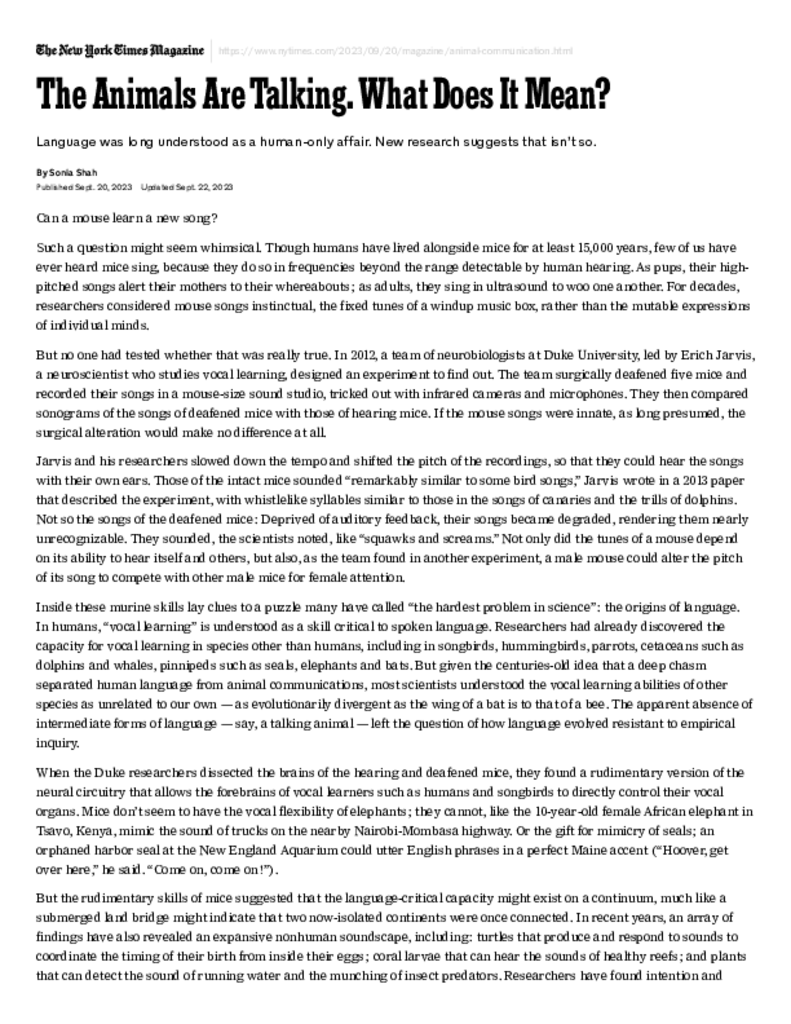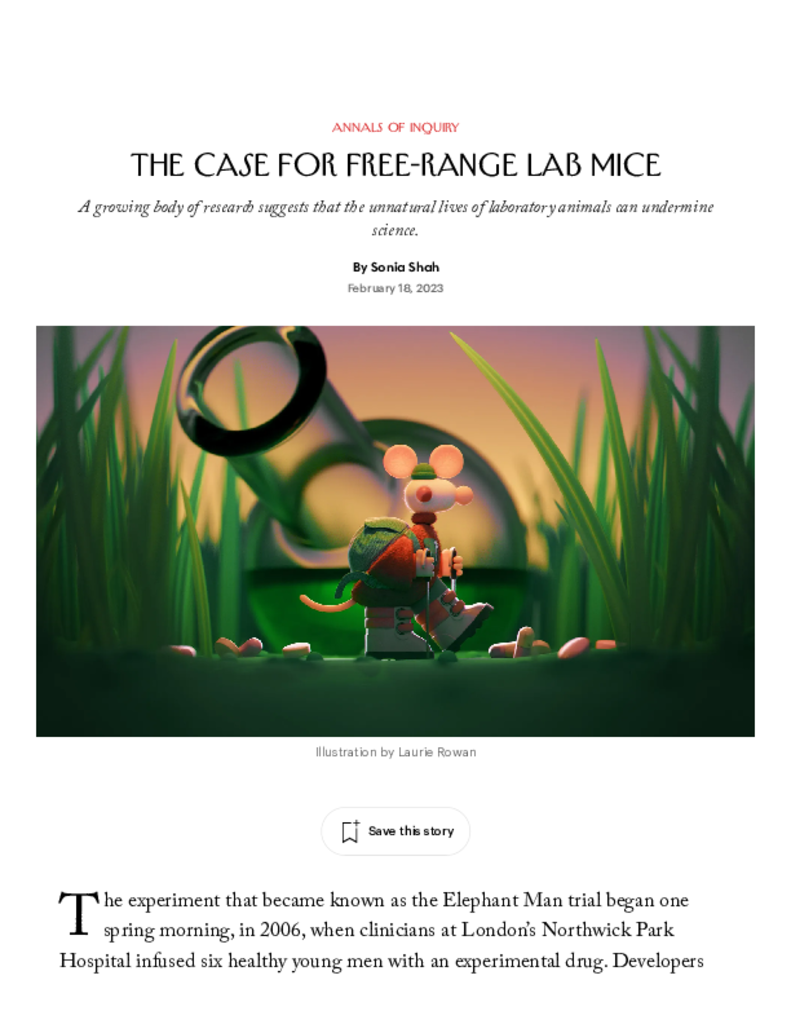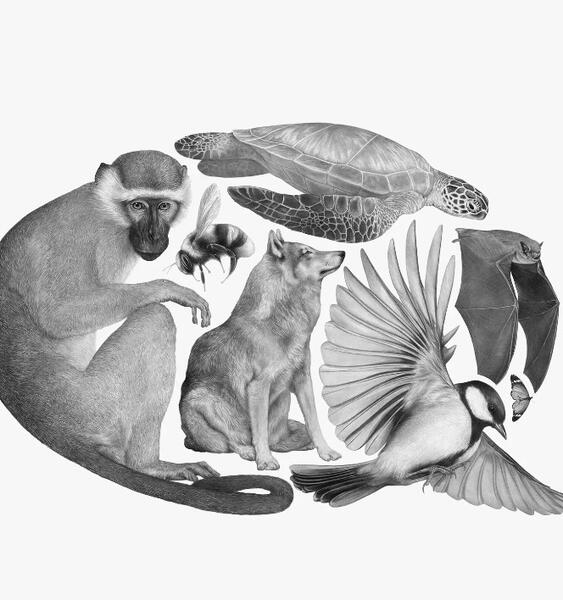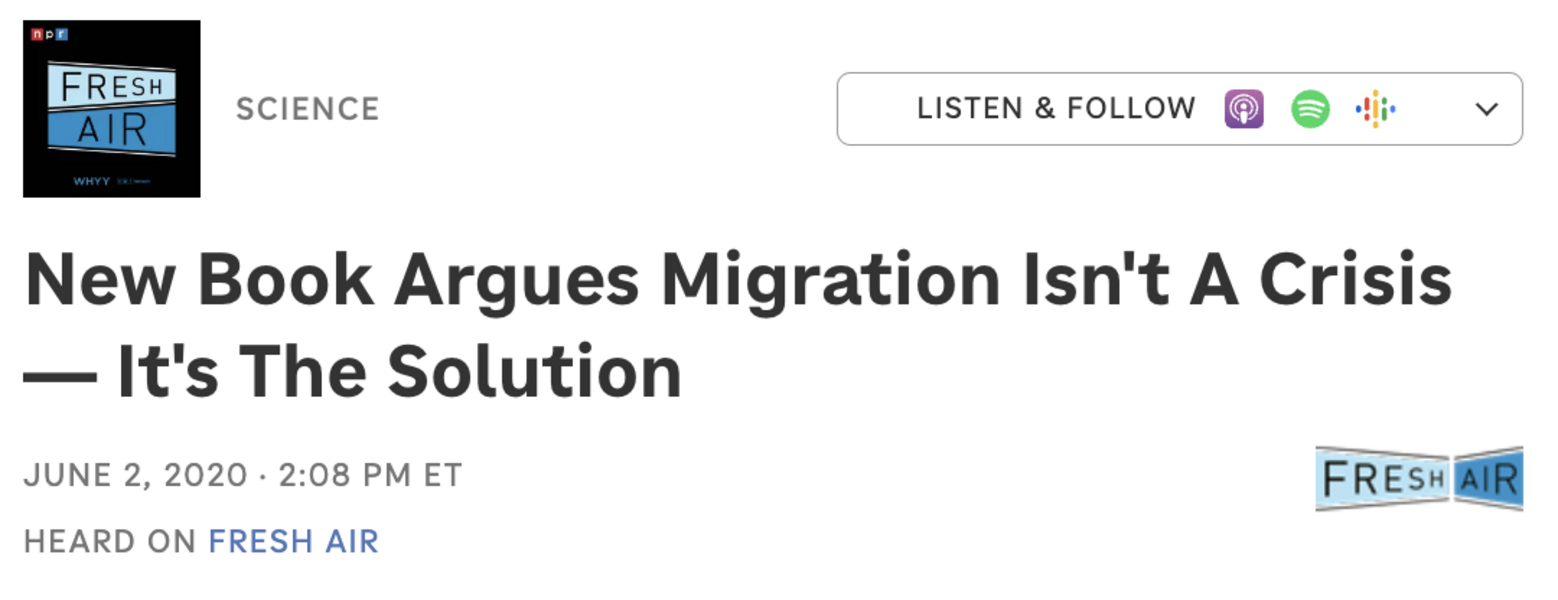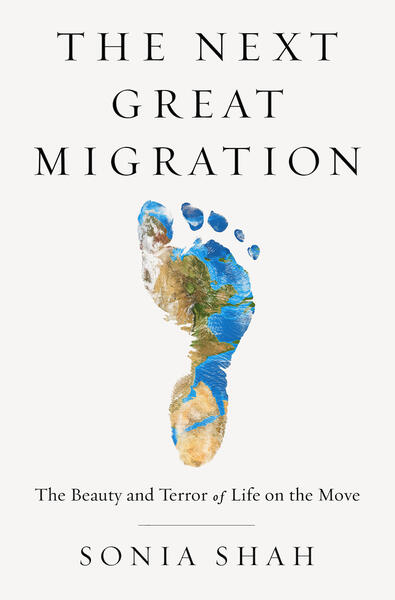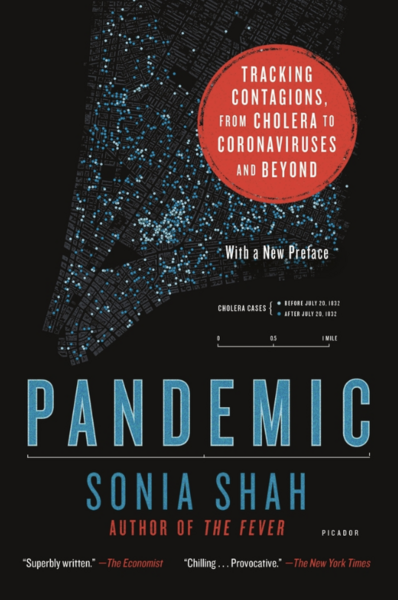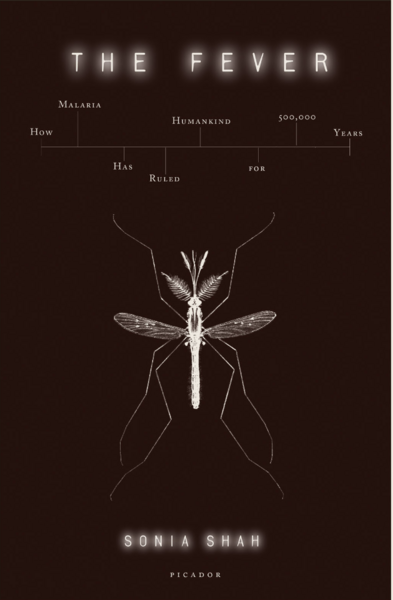Work samples
About Sonia
Sonia Shah is a journalist, a 2024 Guggenheim fellow, and author of The Next Great Migration: the beauty and terror of life on the move (2020); Pandemic: tracking contagions from cholera to Ebola and beyond (2017), and The Fever: How malaria has ruled humankind for 500,000 years (2010) among others. Her bylines appear in the New York Times magazine, the New Yorker, the Nation and elsewhere. Her new book, Special: the Rise and Fall of a Beastly Idea, winner of a 2023 Whiting Grant for… more
